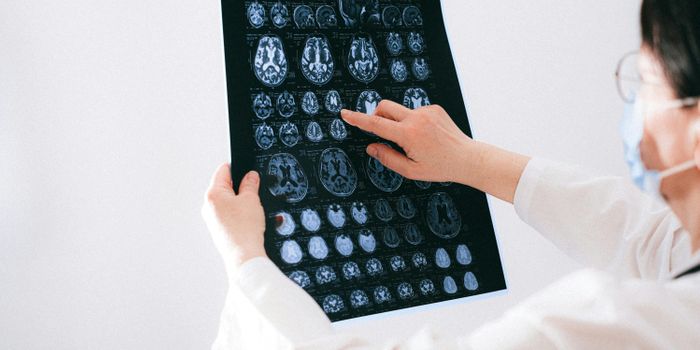Profiling Technology Provides Rapid Drug Discovery
Rapid drug discovery saves lives and new technology is aiming to do just that in the fight against tuberculosis.
Learn more about tuberculosis (TB):
The technology combines machine learning with high throughput imaging to speed discovery of drugs and fight tuberculosis. Generally speaking, drug discovery requires production of hundreds of derivatives to find the one effective compound. With the new technology dubbed ‘MorphEUS’ (Morphological Evaluation and Understanding of drug Stress), it will provide an inexpensive way on how to target the Mycobcterium tuberculosis (M. tb) bacterium.
"We urgently need shorter, more effective TB therapies, and MorphEUS enables us to screen through drug candidates, see how they actually affect the cell, and learn which drugs have unique ways to kill the M. tb," said Bree Aldridge, associate professor of molecular biology and microbiology at Tufts University School of Medicine.
Findings were published online in the Proceedings of the National Academies of Sciences (PNAS) and describes how MorphEUS was applied to 34 currently available antibiotics for TB and was found to correctly categorize them 94 percent of the time.
"We found that conventional morphological profiling approaches didn't work with M. tb, because the bacterium's inherent response to treatment was extremely variable, and changes in morphology were much less obvious than in bacteria like E. coli," said Trever C. Smith II, co-first author on the paper and a postdoctoral researcher in the Aldridge laboratory.
MorphEUS thrives on morphological profiling when combined with enhanced features sets of machine learning. "With MorphEUS, we used the distribution of staining across a large number of bacilli to learn how each drug acts on M. tb," said Aldridge. "Similarly, we looked at staining intensity and the spread of that brightness across thousands of cells to identify more subtle patterns." The technology can also identify which drugs have off-target or side-effects that may be challenging to determine.
"We expect that the success of MorphEUS in profiling drug action in an organism like M. tb with significant inherent heterogeneity and subtle cytological responsiveness will make it useful in other pathogens and cell types," said Aldridge, who is also a core faculty member of Tufts Center for Integrated Management of Antimicrobial Resistance, member of the immunology and molecular microbiology program faculties at Tufts Graduate School of Biomedical Sciences, and an adjunct associate professor at Tufts University's School of Engineering.
Source: Science Daily









